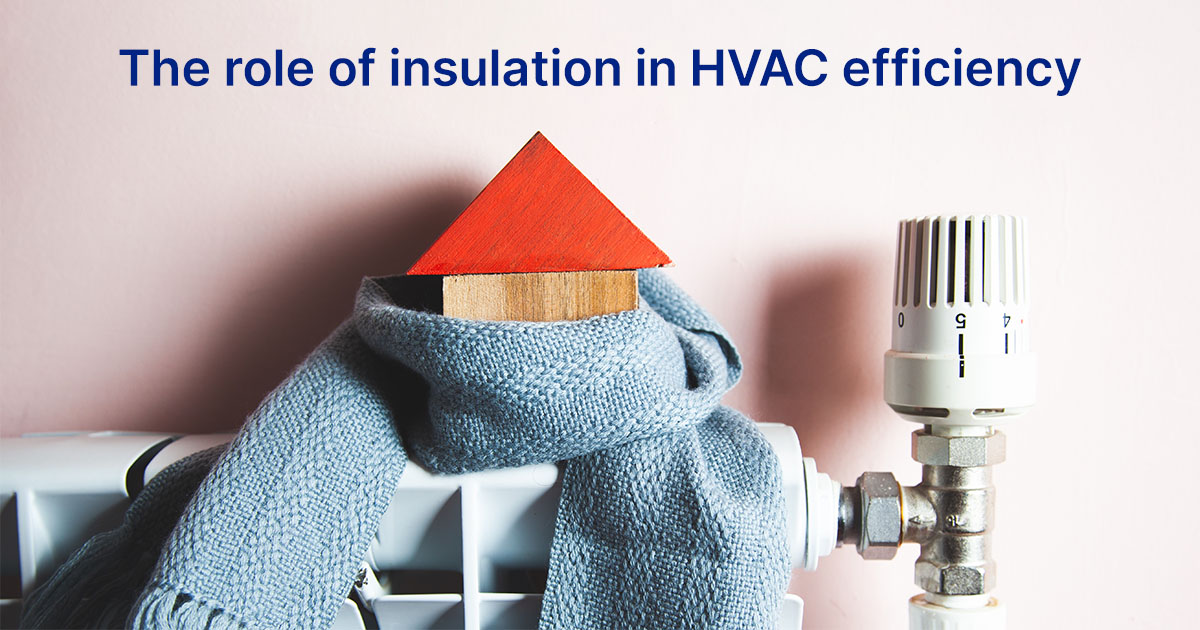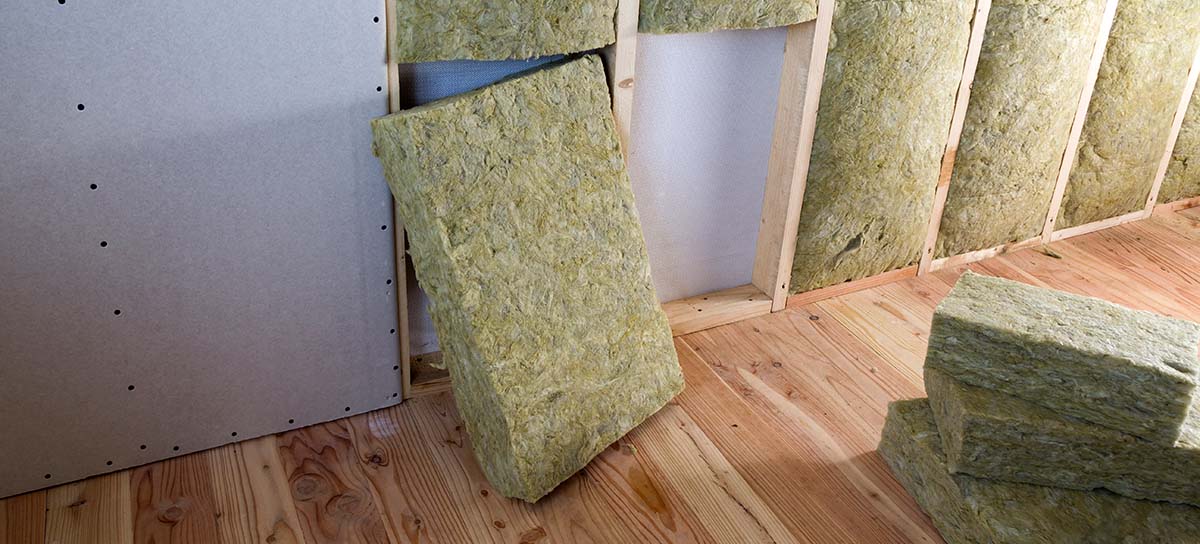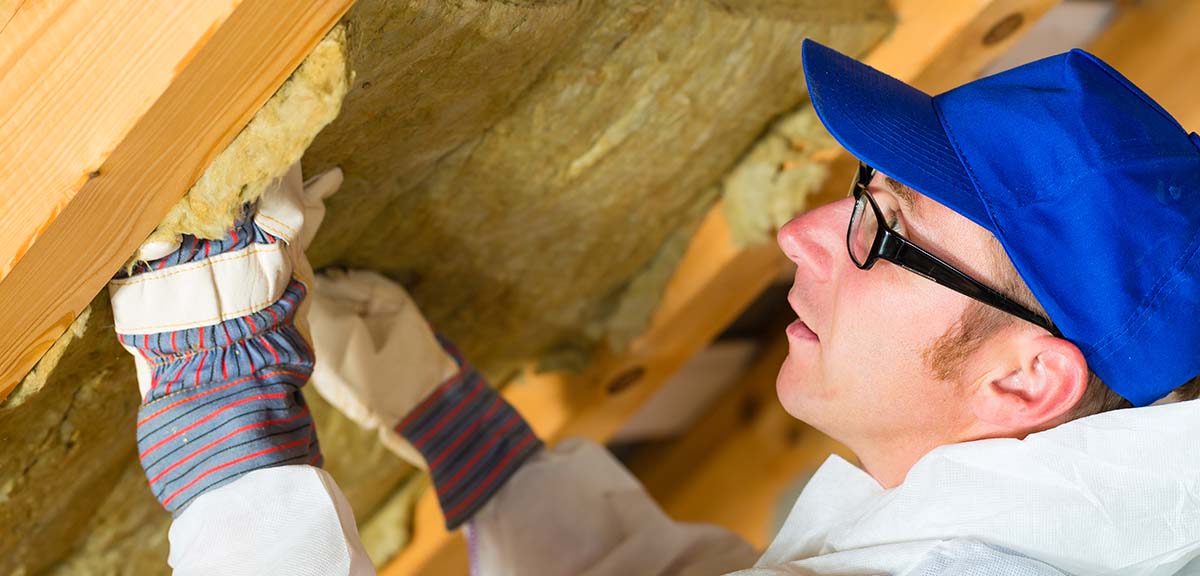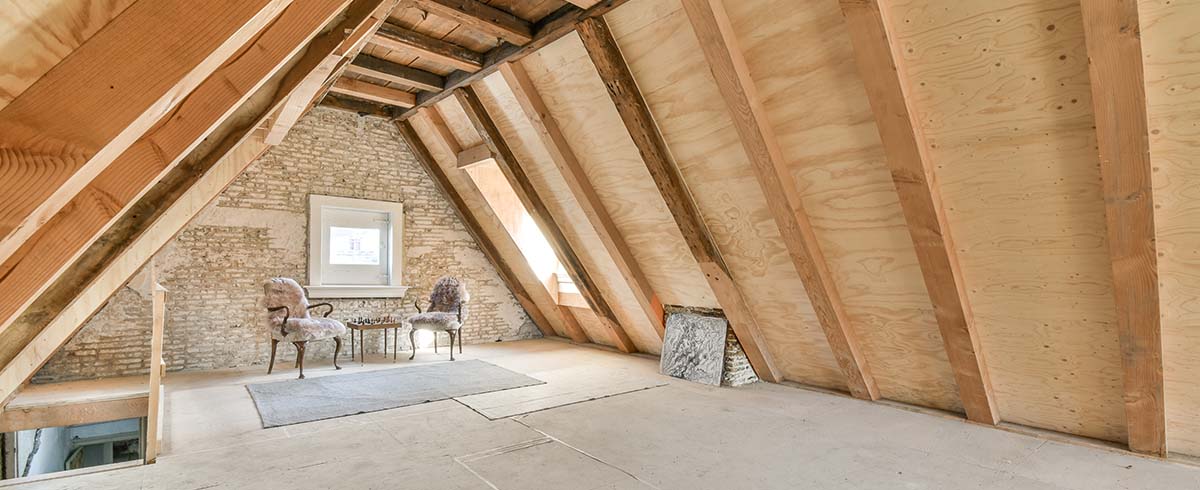
Keeping our houses comfortable all year round is the key to a happy and healthy home. Think about how many times there’s been a family argument about the temperature of the house. Or how many times you’ve heard (or said) the words “Who’s been touching the thermostat again...How many times have I said NOT to touch the thermostat!!!”
Maintaining the right temperature isn’t just about your furnace or AC, or even about whether your windows are open or closed. Insulation and indoor comfort in HVAC systems is what makes a home relaxing and cozy. Before we explore that, let’s talk about how heat moves.
Heat or thermal energy is always on the move, flowing from one place to another. This is the normal state of thermal energy unless people interfere. Heat will move naturally by three means: conduction, convection and radiation. And sometimes heat moves more than one way at the same time.
If you saw a heat wave, would you wave back? ~ Steve Wright
Is where heat is transferred from one material to another. Think of the pot handle when you are cooking on the stove. Heat moves through the metal of the pot into the connected handle.
Is where heat moves through liquids or gasses. Think of the water boiling in your pot, heat transfers from the stove to the pot into the water and then into steam. That steam hits a surface, like your hand, and it transfers the heat. This is also why heat rises when it travels through the air in your home.
Where heat moves through or in the absence of materials. Sunlight is a good example; it passes through glass and plastic. Radiant heat also moves in a straight line, heating anything solid along the way that absorbs its energy.
So, what does all this have to do with your home’s temperature? Insulation works to slow down conductive and convective heat flow. There are also products like radiant barriers and reflective insulation that work by reducing radiant heat gain.
The important thing to know is regardless of which method, heat will always flow from warm to cool until the temperature has been equalized. During the winter that means the heat in your living room, bedrooms and kitchen will move to unheated areas like your attic, basement, and garage.
Most of all heat will try and escape to the outdoors. In the summer heat from the outdoors will try and get into the cooler spaces of your house. The importance of insulation's role in temperature regulation for HVAC systems cannot be overstated.
The benefits of proper insulation for HVAC efficiency means you will decrease heat movement by providing an effective resistance to the flow of heat, ultimately alleviating how hard your furnace and AC need to work.

There are a lot of different types of insulation products on the market. To rate their efficiency, the industry uses an “R-value” – this measures the product’s resistance to heat flow. Insulation thickness and R-value considerations in HVAC means the higher the R-value, the more effective the insulation is.
The R-value will depend on the type, thickness, and density of the insulation product.
Insulation's impact on HVAC performance will also depend on temperature, placement, age, and moisture accumulation.
The amount, type, and R-value of insulation you need, depends on your climate, type of heating and cooling system, and where in the house you plan to insulate. To get the best value for your time and money you’ll most likely need to consult an expert like a local insulation contractor or HVAC company.
Having an energy assessment can also help to determine where heat is being lost, and the next steps of whether you need to replace, add or enhance existing insulation. Any part of your house that has contact with outside air needs to have insulation. Think attics and walls.
Insulating ductwork for improved HVAC efficiency is also a good idea if ductwork runs through spaces that are not heated or cooled. The HVAC technician installing your system can wrap ducts with insulation blankets.
R-value recommendations for insulation upgrades for enhanced HVAC performance are:
Unfinished attic: R-30 to R-60.
Exterior walls: R-13 to R-15 for walls with 2 x 4 framing. For 2 x 6 framing you can go up to R-30.
Floors: R-25

Different types of insulation are better for different locations in your home. Some are easy to DIY while others require a professional to install.
Probably the most popular and common type of insulation it can be purchased at most hardware stores in batts. Used in between framing materials like studs or joints, fibreglass insulation comes in a variety of R-values and is non-combustible.
A top choice insulation for soundproofing in HVAC setups, mineral wool can handle higher temperatures and act as a sound barrier. Sold in batts and moisture resistant, mineral wool also holds its shape well making it easier to install.
This type of insulation can consist of small pieces of recycled paper, cellulose, fiberglass, foam, mineral wool, or other materials. The advantage is that it will fit the space by conforming to the existing structure. Instead of ripping down walls, you use a motorized blower to fill the space.
Best suited for retrofits and hard to get to locations. If you’re trying to do your part for the planet, know that loose fill always comes from recycled waste material. Fiberglass products will contain 40-60% recycled glass; majority of cellulose is made with recycled newsprint and mineral wool is produced from 75% post-industrial content.
Sold in boards this insulation can be used almost anywhere in your home, from the roof down to the basement. As a denser product, you can use less and still achieve a high R-value. Particularly effective against cement block or exterior walls. Rigid foam boards provide strong thermal resistance, almost two times greater compared to other forms of insulation the same thickness. They also reduce heat conduction through wood and steel studs. Foam board is usually made from polystyrene, polyisocyanurate (polyiso), and polyurethane.
Foam boards can also be used as ICFs – insulating concrete forms. When a house is being built, ICF forms are poured for concrete walls, consisting of interconnected foam boards with steel rods for reinforcement. Then the concrete is poured around them creating a system of walls with high thermal resistance rated, around R-20.
Turning insulation on its head, radiant barriers, and reflective insulation work by reflecting radiant heat. Radiant barriers are mostly installed in attics to limit summer heat gain.
This strategy increases insulation's impact on energy consumption in HVAC, reducing the need for your AC system to be on. This makes radiant barriers most effective in hot climates, especially when cooling air ducts are in the attic. In fact, some studies show that radiant barriers can lower cooling costs 5% to 10% when used in a warm, sunny climate.
One the best insulations for air leakage prevention in HVAC systems, foam-in-place insulation can be blown into walls, on attic surfaces or under floors. It can even fit into the tiniest of spaces, holes, and cracks such as window and doors frames, electrical, plumbing and HVAC crevices to reduce air leakage.
There are two main types of foam-in-place insulation: closed-cell and open-cell. Both types are usually made with polyurethane. Closed-cell foam has a better R-value and provides greater moisture control and insulation for HVAC efficiency, but it’s more expensive to buy. Open-cell foam is lighter and cheaper but should not be used in the basement where it could absorb water.

Adding insulation will reduce how hard you HVAC system must work and will result in long-term cost savings. While every house is unique there are four top places to add insulation to get the most bang for your buck.
Attic – Not only can attics absorb heat in hot climates they can also be full of cracks where air can easily escape. Use loose-fill or batt insulation for best results and be sure to check the roof and walls for any repairs needed before insulating. If you are using loose fill, make sure the insulation covers the tops of the joists.
Attached garage doors – facing the elements day after day, an old garage door can cause a lot of heat to escape. New, energy-efficient models can reduce energy loss by up to 71% if your door is flat pick foam board or reflective insulation.
Exterior walls – Poorly insulated outside walls can act like an open window, letting hot air in during the summer and hot air out during the winter. Use blow-in insulation for existing walls and spray foam for new or renovated walls.
Basement - Adding insulation here will keep this normally cold part of your home, cozy and warm. Spray foam between studs when framing walls will help make that underground level a finished living space.
Count on insulation to improve your home and create energy savings with your HVAC systems. Contact our expert team at Advanced Heating and Cooling to get your HVAC system assessed and we can let you know if improving your insulation can help improve your HVAC efficiency.
